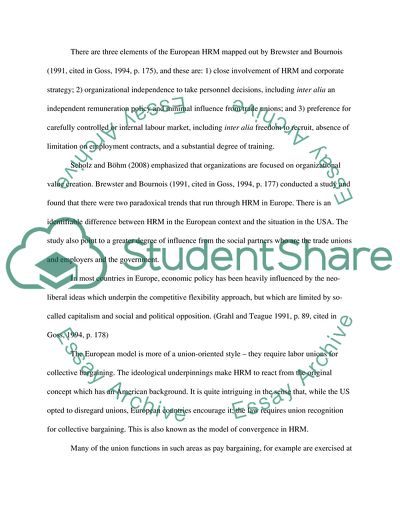Cite this document
(“International Human Resource Management: The United Kingdom Research Paper”, n.d.)
International Human Resource Management: The United Kingdom Research Paper. Retrieved from https://studentshare.org/human-resources/1735281-international-human-resource-management
International Human Resource Management: The United Kingdom Research Paper. Retrieved from https://studentshare.org/human-resources/1735281-international-human-resource-management
(International Human Resource Management: The United Kingdom Research Paper)
International Human Resource Management: The United Kingdom Research Paper. https://studentshare.org/human-resources/1735281-international-human-resource-management.
International Human Resource Management: The United Kingdom Research Paper. https://studentshare.org/human-resources/1735281-international-human-resource-management.
“International Human Resource Management: The United Kingdom Research Paper”, n.d. https://studentshare.org/human-resources/1735281-international-human-resource-management.


